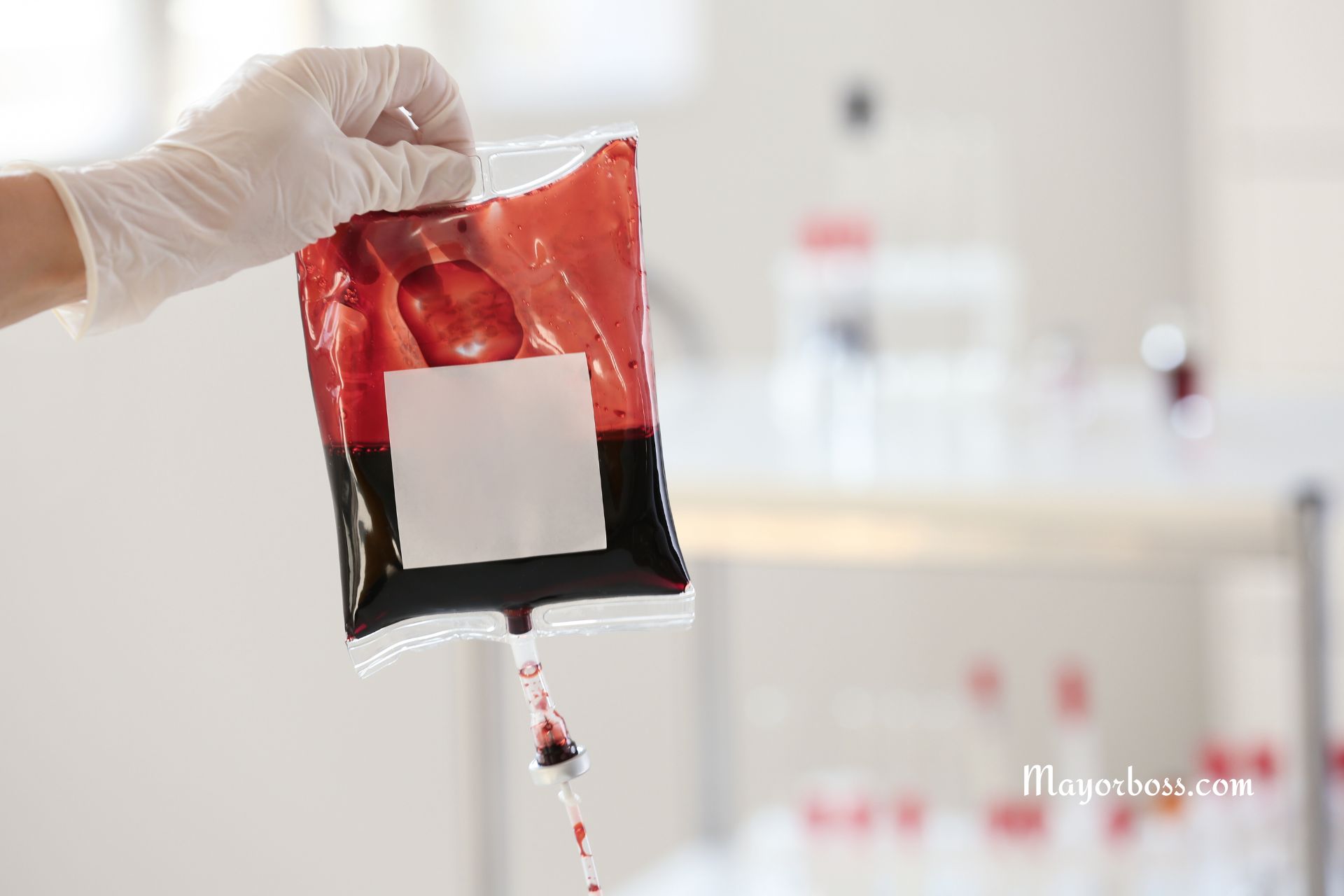Lump in Anus: 6 Causes and How to Treat It
A lump in the anus can be a cause for concern, often bringing discomfort, worry, and embarrassment. However, most anal lumps are harmless and result from a number of common conditions. These include hemorrhoids, anal abscesses, anal warts, anal fissures, and rectal prolapse. Treatment varies from lifestyle changes to surgical interventions depending on the cause. Always consult your doctor if you suspect a lump.
It’s crucial to seek medical advice if you discover a hard lump in your anus, and remember, early detection often leads to the best outcomes. This article aims to break down the most common causes of an anal lump and provide insight into possible treatments.
What Causes Lumps In The Anus?
Hemorrhoids
The first and most common cause of an anal lump is hemorrhoids. Often a result of straining during bowel movements or increased pressure on the veins due to obesity or pregnancy, hemorrhoids can manifest as small, painful lumps around your anus. You might also notice blood after a bowel movement, a common symptom of hemorrhoids.
“Many of my patients initially panic when they find a lump,” says Dr. Natalia Hapych, a family doctor. “But more often than not, it turns out to be hemorrhoids, which can be effectively managed with over-the-counter creams, lifestyle changes, and in some cases, minor surgical procedures.”
Anal Abscess
The second common cause is an anal abscess, a painful condition characterized by a collection of pus near the anus. Abscesses form when the tiny anal glands that open on the inside of the anus become blocked. When this happens, bacteria can thrive and lead to an infection.
Dr. Hapych advises, “If you experience intense pain in the anal area, coupled with fever, you might be dealing with an abscess. Don’t hesitate to seek immediate medical attention, as you may require antibiotics or surgical drainage.”
Anal Warts
Anal warts, also known as condyloma acuminata, are small growths that can occur inside and around the anus. They are caused by the human papillomavirus (HPV). Dr. Hapych advises, “HPV is a sexually transmitted infection, so practicing safe sex can help prevent anal warts.”
Treatment for anal warts often involves topical medication to destroy the warts. In some cases, surgical removal may be necessary.
Anal Fissure
A lump may also indicate an anal fissure, a small tear in the lining of the anus, often accompanied by bright red blood after a bowel movement. Anal fissures usually result from constipation or trauma to the anal canal.
“Fissures can cause significant discomfort,” explains Dr. Hapych. “However, with the correct treatment, which may include topical ointments, stool softeners, or in persistent cases, surgery, healing can be swift.”
Perianal Hematoma
A perianal hematoma, a localized collection of blood under the skin around the anus, can also cause a lump. They often result from straining or heavy lifting and can be surprisingly painful.
“Treatment for a perianal hematoma may include painkillers, cold compresses, or in severe cases, a minor surgical procedure,” says Dr. Hapych. “Patients typically find relief within a week.”
Anal Cancer
While rare, anal cancer can also present as a lump in the anus. Accompanying symptoms may include pain, bleeding, or changes in bowel habits.
“Although anal cancer is rare, it’s important not to ignore the signs,” warns Dr. Hapych. “If a lump persists even after other treatments or is accompanied by other alarming symptoms, a biopsy might be necessary to rule out cancer.”
What to Do When You Find a Lump
When you find a lump in your anus, it’s natural to feel a sense of worry. However, don’t let fear prevent you from taking appropriate action. Contact your doctor, who can guide you through the steps of identifying the cause and the appropriate treatment plan. Keep in mind early detection is key, and most lumps are entirely treatable when caught early. Your health is paramount, and there’s no room for embarrassment when it comes to getting the care you need.






